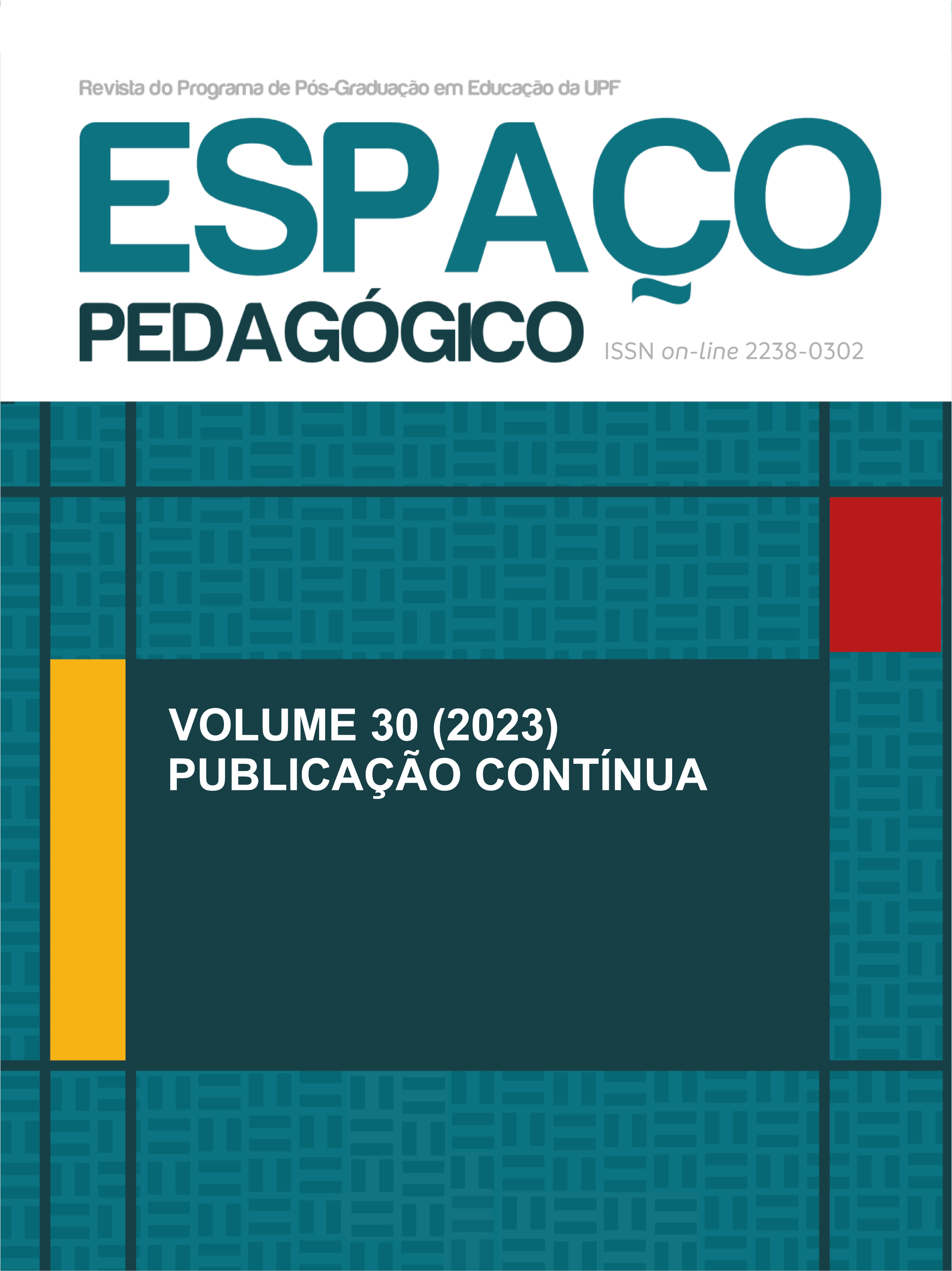English self-study in High School
teaching prototype for including students removed from classes
DOI:
https://doi.org/10.5335/rep.v30i0.14144Keywords:
Self-learning. Teaching prototype. Autonomy. Inclusion.Abstract
During High School, many Brazilian students face situations that make them quit school, such as cases of teenage pregnancy or health treatment. There is a gap in the supply of materials that help these students to continue with their studies when they are away from school. In this scenario, a teaching prototype was developed as a self-study material available in Google Classroom with a focus on the contents provided by the National Common Curricular Base for English Language classes in the second year of High School. This investigation aims at describing the elaboration process of this prototype and show how the following elements were incorporated into its composition: distance learning, digital information and communication technologies, multimodality, principles of andragogy, Bloom's taxonomy and learning paths. The results point to the potential of creating self-study materials from educational technological tools available in virtual environments and reinforce that, since education is a right for all and a duty of the State, it is up to the school community to seek means of inclusion for students. temporarily away from classrooms.




